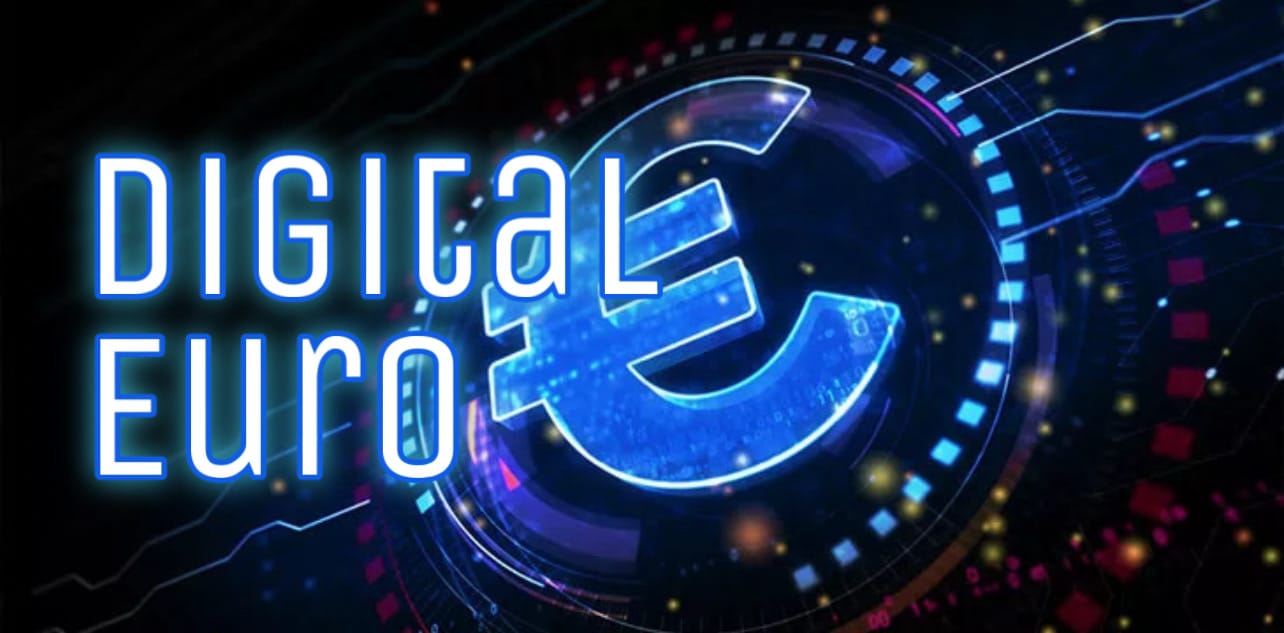EU Pushes Forward Digital Euro Stablecoin Plans on Ethereum or Solana Blockchains

European Union officials are intensifying efforts to develop a digital euro, spurred by concerns that a new U.S. stablecoin law could undermine the competitiveness of a European digital currency. U.S. Congress passed the Genius Act last month, a landmark regulation overseeing the $288 billion stablecoin market, which is predominantly dollar-based. This legislative move has prompted EU policymakers to reassess their approach to a digital euro, with discussions now leaning toward leveraging public blockchains like Ethereum or Solana to enhance its global reach. The urgency reflects fears that dollar-denominated stablecoins could further entrench the U.S. dollar’s dominance in cross-border payments, potentially sidelining the euro.
The European Central Bank (ECB) has been exploring a digital euro for years, aiming to create a central bank-backed digital currency accessible across the Eurozone. A digital euro would provide a secure, free-to-use payment option as cash usage declines, while also promoting the euro’s global influence. The rapid passage of the U.S. law has heightened concerns among EU officials, who worry that dollar-backed stablecoins, such as those issued by Circle and Tether, could erode the euro’s prominence. The ECB has emphasized that it is evaluating various technologies, including distributed ledger systems, but has not finalized its approach.
Stay In The Loop and Never Miss Important Crypto News
Sign up and be the first to know when we publishShifting Strategies and Blockchain Considerations
The Genius Act’s swift enactment has sparked a sense of urgency in Europe, with officials now considering a public blockchain for the digital euro, a departure from earlier plans for a private system. Public blockchains could enable seamless global trading of the digital euro, potentially boosting its adoption and circulation. However, this shift raises privacy concerns, as transactions on public blockchains like Ethereum or Solana are transparent, potentially exposing user data. One source familiar with the discussions noted that the EU is taking the public blockchain option more seriously, driven by the need to compete with the growing stablecoin ecosystem.
The U.S. law has also prompted broader conversations about Europe’s financial autonomy. Piero Cipollone, an ECB executive board member, warned in April that the promotion of dollar-backed stablecoins could lead to euro deposits shifting to the U.S., strengthening the dollar’s role in global payments. This concern is amplified by the growing involvement of U.S. banks like Citi and JPMorgan Chase, which are exploring their own stablecoin offerings. Meanwhile, euro-denominated stablecoins, such as Circle’s with a $225 million market cap, exist but lack the scale and backing of an ECB-issued digital currency.
The push for a digital euro aligns with global trends in central bank digital currencies (CBDCs). China has made significant progress with its digital yuan, while the UK is exploring a digital pound. A digital euro backed by the ECB could solidify Europe’s commitment to digital assets and counter the growing influence of private stablecoins. However, the choice of technology remains critical, as officials weigh the benefits of accessibility against privacy risks. The ECB’s ongoing evaluations reflect a cautious yet determined approach to ensuring the digital euro meets both regional and global needs.

